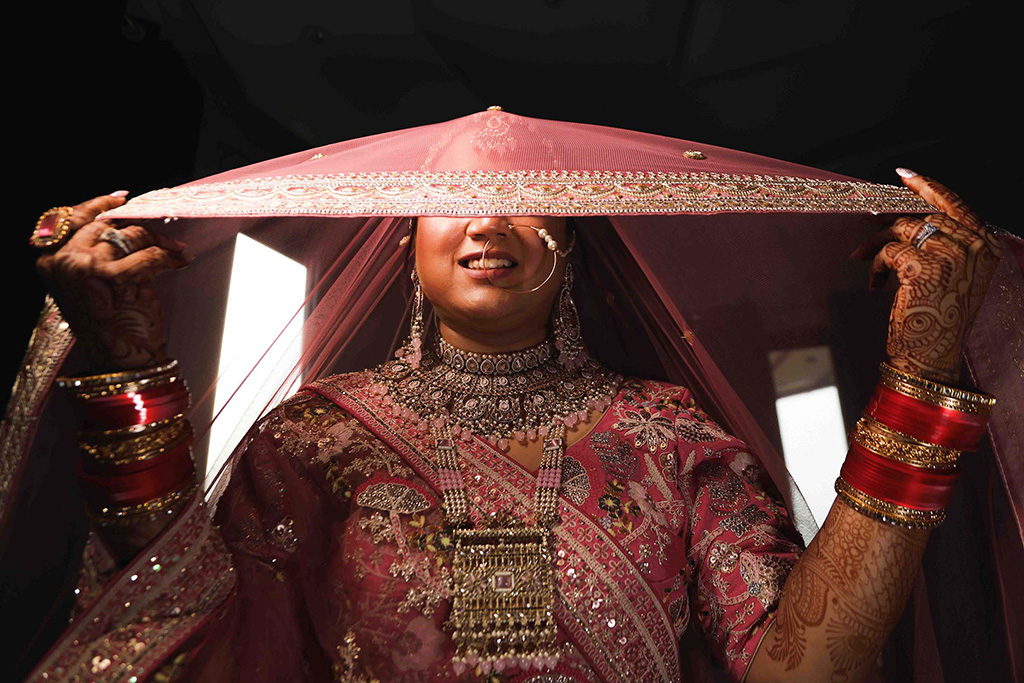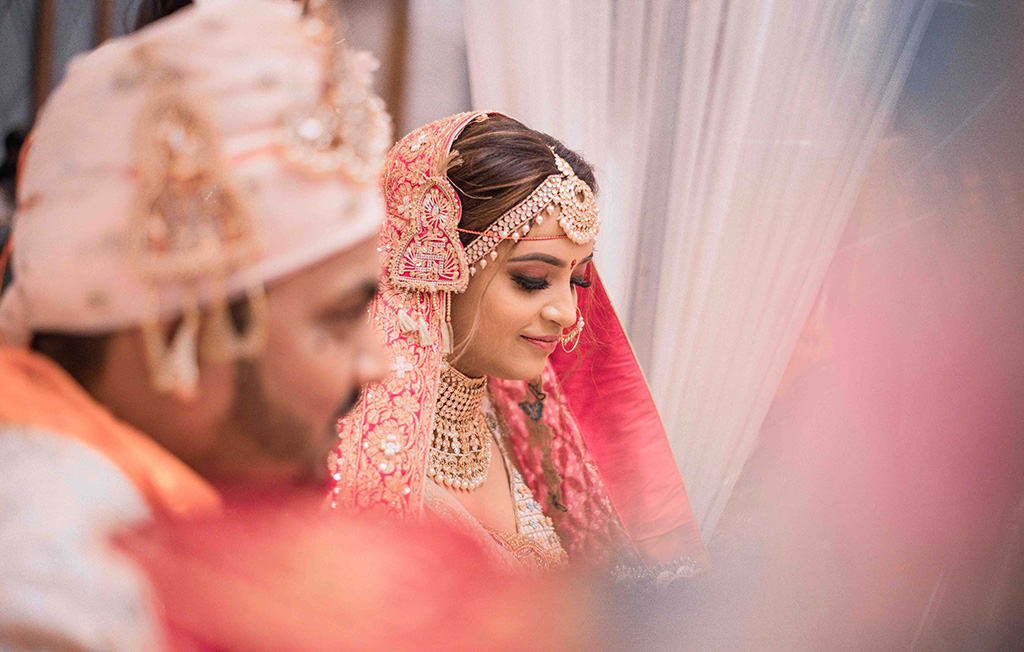wedding photography is more than just recording a sequence of events—it is about encapsulating the essence of relationships. A wedding day is a tapestry of connections, from the intimate bond between the couple to the cherished ties with family and friends. Capturing these relationships transforms wedding photography from a technical endeavor into a heartfelt narrative that preserves the love, joy, and unity of the occasion.
This article explores the significance of capturing relationships in wedding photography techniques for doing so effectively, and how photographers can create emotional, timeless images that reflect the bonds between people.
1. The Significance of Relationships in Wedding Photography
Celebrating the Couple’s Love Story
At its core, a wedding photography is a celebration of the couple’s love and commitment. Capturing their connection—the glances, laughter, and shared emotions—is the heart of wedding photography
Honoring Family and Friends
Weddings bring together loved ones who have supported the couple throughout their journey. Photographing these relationships adds depth to the story, highlighting the communal aspect of the celebration.
Creating Timeless Memories
Images that showcase relationships allow couples to look back and remember the love and support that surrounded them. These photographs become cherished keepsakes, passed down through generations.
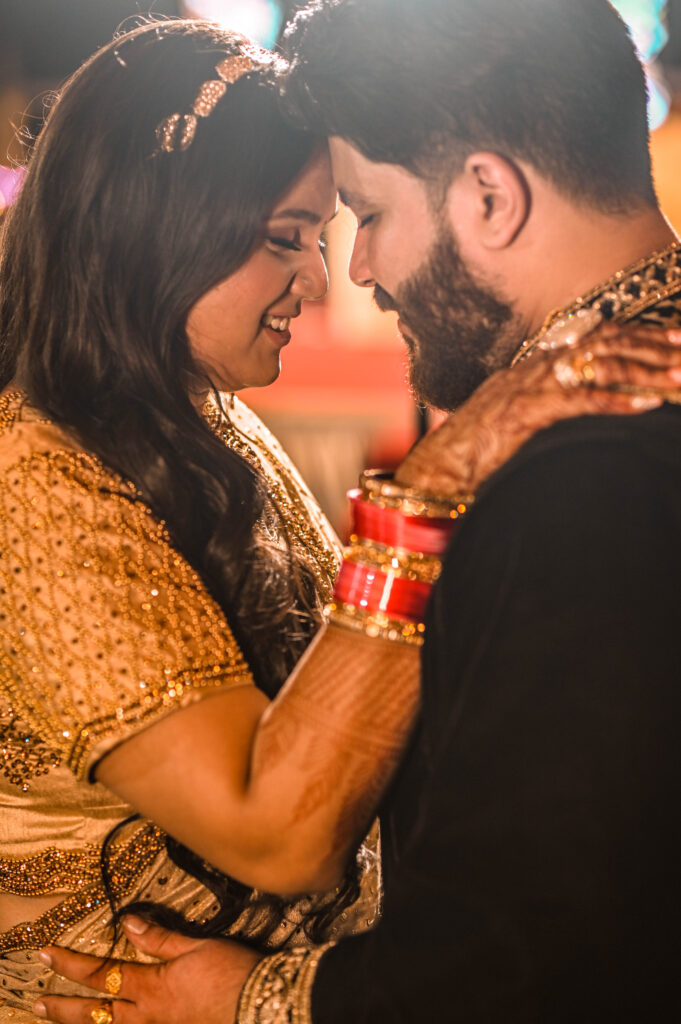
2. Key Relationships to Capture in wedding photography
The Couple
- First Look: The couple’s initial reaction to seeing each other is often one of the most emotionally charged moments of the day.
- Vows and Exchanges: Capturing the couple during their vows or exchanging rings highlights their emotional connection and commitment.
- Private Moments: Quiet, intimate moments—like a whispered joke or a tender touch—reveal the couple’s unique bond.
Family
- Parents: The emotions of parents, from teary-eyed pride to joyous laughter, are central to the day’s narrative.
- Siblings: These relationships often bring a mix of humor, nostalgia, and deep connection.
- Generational Bonds: Capturing interactions between grandparents and the couple adds a timeless, sentimental layer to the wedding album.
Friends and Bridal Party
- Candid Interactions: Genuine moments of laughter, support, and celebration among friends reflect the couple’s community of love.
- Supportive Roles: The bridal party often plays key roles in preparation and ceremony, offering opportunities for meaningful group shots.
Guests
- Reunions: Weddings often serve as a reunion for extended family and old friends, making these interactions worth documenting.
- Group Dynamics: Capturing the joy and energy of guests during the reception showcases the celebratory atmosphere.
3. Techniques for Capturing Relationships
Observation and Anticipation
- Emotional Awareness: A skilled photographer recognizes emotional moments before they unfold, such as a parent’s prideful gaze or a spontaneous hug.
- Body Language: Subtle gestures like a handhold or shared glance often convey the deepest emotions.
Candid wedding photography
- Unscripted Moments: Allowing events to unfold naturally leads to authentic images that reflect genuine relationships.
- Blending In: Photographers should remain unobtrusive, ensuring people feel comfortable and act naturally.
Posed Group Shots
- Creative Composition: Group photos can be elevated with thoughtful arrangements that emphasize relationships, such as pairing siblings or showcasing generations.
- Engaging Interactions: Encouraging conversation or laughter during posed shots makes them feel more dynamic and authentic.
Use of Light and Composition
- Highlighting Connections: Using soft, natural light enhances the warmth of emotional moments, while creative composition draws attention to key relationships.
- Depth of Field: A shallow depth of field can isolate the couple or family members, emphasizing their bond against a softly blurred background.
4. Moments That Highlight Relationships
Pre-Ceremony Moments
- Getting Ready: These intimate moments capture the anticipation and shared excitement between the couple and their loved ones.
- Gift Exchanges: The exchange of letters or gifts often leads to emotional reactions worth documenting.
During the Ceremony
- Walk Down the Aisle: The connection between the bride and the person walking her down the aisle is rich with emotion.
- Guest Reactions: Capturing the expressions of family and friends during vows or readings reveals the collective support for the couple.
Reception Highlights
- First Dances: Parent-child dances and the couple’s first dance showcase deep emotional connections.
- Speeches and Toasts: Reactions during heartfelt speeches often result in powerful images.
- Celebratory Interactions: Dancing, laughter, and group activities provide opportunities to capture joy and camaraderie.
5. The Emotional Impact of Capturing Relationships
Strengthening the Narrative
wedding photography that emphasize relationships create a cohesive story, showcasing not just what happened but the emotions and connections that defined the day.
Preserving Intimacy
Images of relationships preserve intimate moments that might otherwise be forgotten, allowing couples to relive the depth of their emotions.
Creating Relatable Imagery
Photographs that highlight universal emotions—love, joy, and togetherness—resonate deeply with viewers, making them timeless.
6. Challenges in Capturing Relationships
Dynamic Environments
Weddings are fast-paced, requiring photographers to adapt quickly to changing situations while staying attuned to emotional moments.
Cultural Sensitivities
Different cultures have unique traditions and dynamics, requiring photographers to understand and respect these nuances to capture relationships authentically.
Balancing Posed and Candid Shots
Striking a balance between traditional posed group photos and spontaneous candid moments can be challenging but essential for a comprehensive album.
7. The Role of the Photographer
Building Trust
Establishing rapport with the couple and their families allows the photographer to capture genuine emotions and interactions.
Acting as an Observer
A great photographer remains unobtrusive, allowing relationships to unfold naturally while being ready to document key moments.
Storytelling Expertise
By understanding the dynamics of the wedding and the relationships involved, photographers can anticipate and capture moments that tell a deeper story.
8. The Future of Relationship-Focused wedding photography
Documentary-Style wedding photography
The rise of documentary wedding photography emphasizes unscripted, relationship-driven moments, making this approach increasingly popular.
Technology Integration
Innovations like drones and 360-degree cameras offer new ways to capture group dynamics and interactions.
Personalized Approaches
Couples increasingly value personalized storytelling, pushing photographers to focus more on the unique relationships and dynamics of each wedding.
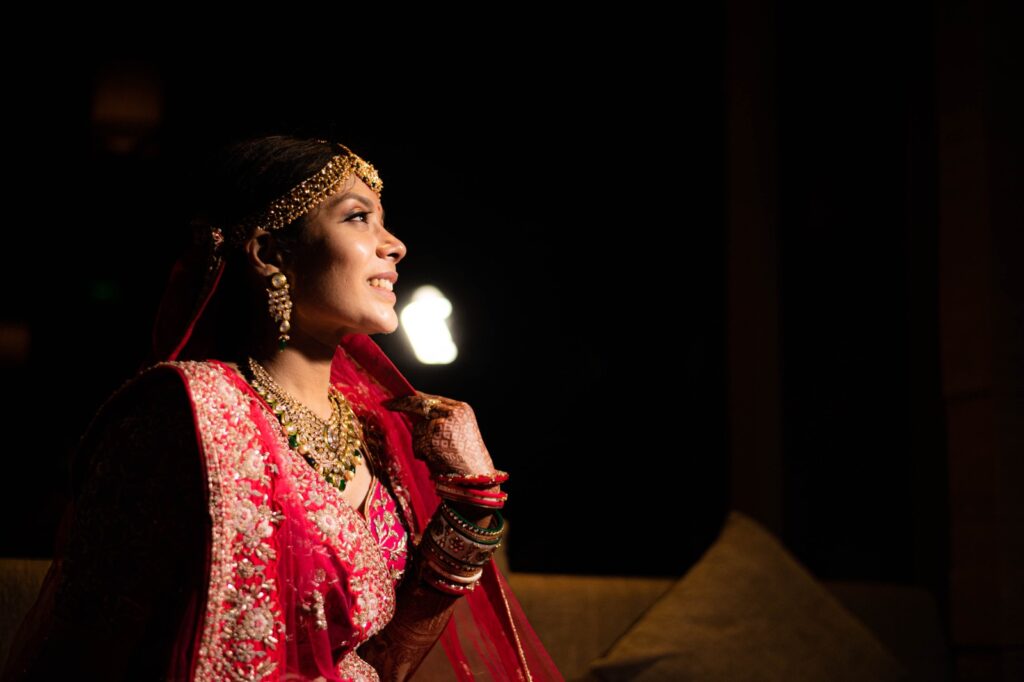
9. The Importance of Lighting in wedding photography
Setting the Mood
Lighting dictates the ambiance of a photograph. Soft, golden-hour lighting creates romantic and ethereal images, while dramatic uplighting can enhance a sense of grandeur during receptions.
Highlighting Details
Proper lighting ensures that key details—like the bride’s dress, floral arrangements, and table settings—are captured in their full glory. It brings out textures, colors, and intricate designs.
Guiding the Viewer’s Eye
Lighting helps direct focus within a frame. Techniques like spotlighting or backlighting can emphasize the couple, making them the focal point of an image.
Creating Emotional Impact
Different lighting styles evoke distinct emotions. Warm lighting conveys intimacy, while sharp contrasts can add drama or intensity to the moment.
10. Common Lighting Scenarios in wedding photography
Natural Light (Daytime)
- Outdoor Ceremonies: Bright sunlight can create beautiful, crisp images, but harsh midday light may lead to overexposed highlights and strong shadows.
- Golden Hour: The hour before sunset offers soft, warm light that flatters skin tones and adds a dreamy quality to photos.
- Overcast Skies: Cloudy weather acts as a natural diffuser, providing even lighting and reducing harsh shadows.
Indoor Lighting
- Churches and Halls: These venues often have limited natural light, requiring photographers to rely on artificial lighting or adjust camera settings to capture the ambiance.
- Reception Venues: Dimly lit spaces with candles, string lights, or uplighting create a romantic atmosphere but pose challenges in achieving sharp, well-exposed images.
Mixed Lighting
Weddings often feature a combination of light sources, such as natural light streaming through windows combined with artificial venue lighting. Managing these variations requires careful balancing to avoid color temperature mismatches.
Nighttime and Low-Light Conditions
Evening receptions, fireworks displays, and late-night dances typically occur in low-light settings. Photographers must creatively use flash, continuous lighting, or long exposures to capture these moments effectively.
11. Techniques for Adapting to Lighting Variations
Using Natural Light Effectively
- Positioning: Place the couple at angles that make the most of available light. For example, side lighting can add depth, while backlighting creates dramatic silhouettes.
- Reflectors: Reflectors help bounce light onto subjects, softening shadows and illuminating details.
- Diffusers: Diffusing harsh sunlight reduces glare and prevents overexposure, especially during midday shoots.
Mastering Artificial Lighting
- Flash Photography: On-camera and off-camera flashes provide controlled lighting in dim settings. Diffusers or softboxes can soften the intensity of the flash.
- Continuous Lighting: LED panels or portable lights offer consistent illumination, allowing photographers to compose shots more accurately in low-light conditions.
- Light Modifiers: Tools like gels, snoots, and grids shape artificial light to create specific effects or match the venue’s lighting.
Balancing Mixed Lighting
- White Balance Adjustments: Manually adjust the camera’s white balance to harmonize different color temperatures, ensuring consistent tones in the final image.
- Color Correction in Post-Processing: Editing software can help correct color inconsistencies caused by mixed lighting sources.
Low-Light wedding photography Tips
- Wide Apertures: Use fast lenses (e.g., f/1.8 or f/2.8) to allow more light into the camera.
- Higher ISO Settings: Increase ISO sensitivity to brighten images, balancing noise reduction in post-processing.
- Tripods for Stability: Long exposures benefit from a stable setup to avoid motion blur in low-light environments.
12. Creative Use of Lighting in wedding photography
Silhouettes and Backlighting
Positioning the couple against a strong light source, such as a sunset or a spotlight, creates striking silhouettes that add drama and artistry to the composition.
Light Trails and Bokeh
Using string lights or sparklers creatively, photographers can achieve dreamy bokeh effects or light trails, adding a magical element to the photographs.
Dramatic Shadows
Playing with light and shadow enhances depth and intrigue. Patterns from lace curtains or foliage can create unique shadow effects on the couple or the surroundings.
Lighting for Motion
Well-timed flashes or continuous lighting can freeze action during dances or create intentional motion blur for artistic flair.
13. Challenges in Managing Lighting Variations
Dynamic Wedding Timelines
Weddings involve shifting from one location to another, each with unique lighting conditions. Photographers must adapt quickly, often without the chance to test settings extensively.
Harsh Sunlight
Midday sun can cause squinting, harsh shadows, and blown-out highlights. Finding shade or using fill light helps mitigate these issues.
Color Temperature Discrepancies
Mixed lighting sources can result in unflattering color casts, such as yellowish tones from tungsten bulbs or greenish hues from fluorescents. Balancing these requires expertise in both shooting and editing.
Unpredictable Weather
Outdoor weddings are subject to sudden changes in light due to cloud cover or shifting weather, demanding flexibility and preparedness from wedding photography
14. Essential Equipment for Handling Lighting Variations
Reflectors and Diffusers
Portable and versatile, these tools are indispensable for managing natural light and reducing harsh shadows.
Speedlights and Flashes
External flashes with adjustable power settings provide flexibility in diverse lighting conditions. Off-camera setups offer even greater creative control.
Continuous LED Lights
Lightweight and portable, LED panels provide consistent lighting, especially in low-light or indoor settings.
Light Stands and Modifiers
Tools like softboxes, umbrellas, and grids help control and diffuse light, creating flattering and consistent illumination.
High-Quality Lenses
Fast lenses with wide apertures perform exceptionally well in low-light situations, reducing reliance on artificial lighting.
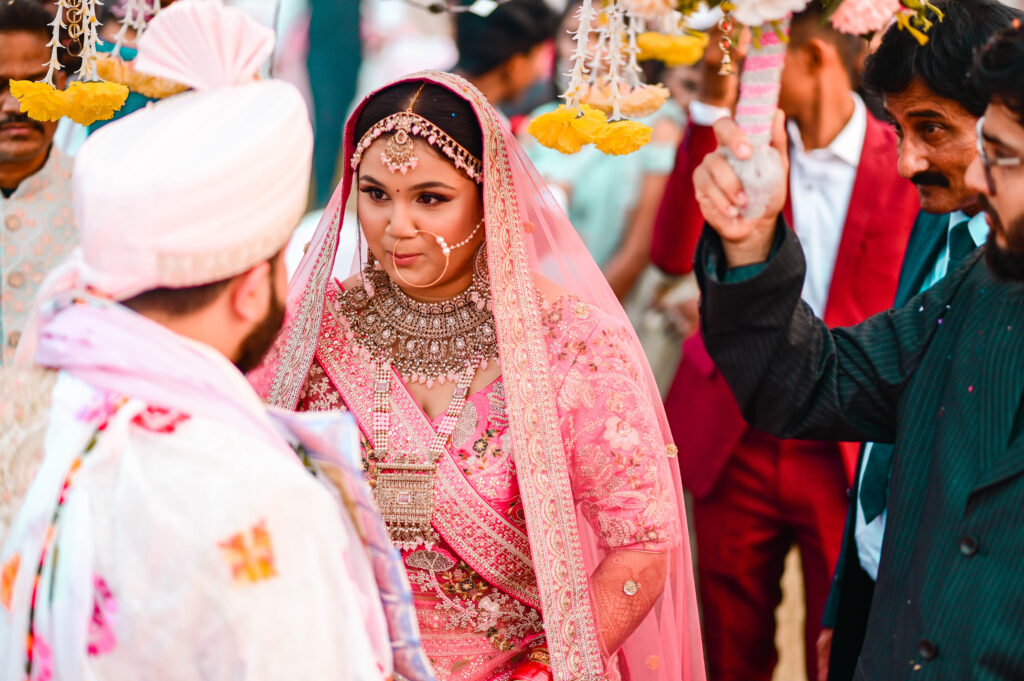
15. Conclusion
Capturing relationships in wedding photography is an art that goes beyond technical skill. It requires empathy, observation, and a deep understanding of human connections. By focusing on the bonds between the couple, their families, and friends, photographers create images that resonate on a profound level.
These photographs not only document a significant day but also preserve the essence of love, unity, and celebration. As a result, relationship-focused wedding photography becomes a timeless treasure, reflecting the heart of a wedding and the people who made it unforgettable.
